KrassKariert
KrassKariert (Originalregel)
Il gioco
In KrassKariert you try to play your cards as cleverly as possible in order to beat your fellow players' combinations. The aim is to get rid of your own hand cards as quickly as possible.
The last person to have cards left in their hand must give up one of 3 chips. Whoever is the first to lose a chip loses the game.
The Rules
< p> You can download the original rules here.Il tabellone
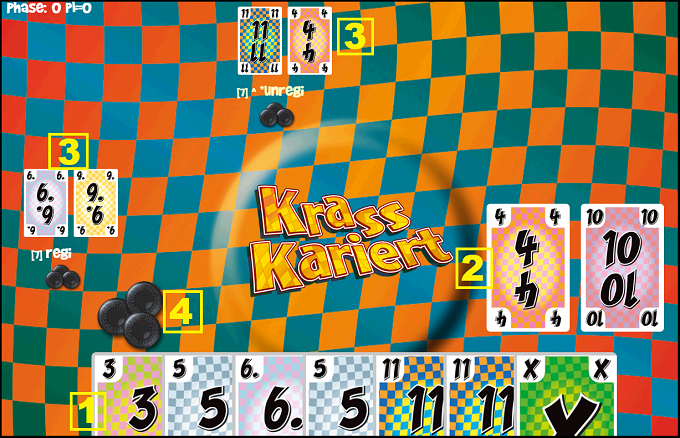
- own hand cards
- own reserve cards
- reserve cards of other players
- chips still available
Svolgimento
There are 48 number cards (from 1 - 12 4 times each) and 6 special cards (X card, draw card, stop card 2 times each).
Each player receives 10 hand cards at the beginning, the order of which cannot be changed and 2 reserve cards.
In a round, each of you takes turns playing a combination of cards in a clockwise direction. A combination consists of one, two or three cards, which must be located directly next to each other in your hand.
The starting player plays any combination of cards. The following players must beat the last combination played.
The ranking of the card combinations:

Solo: a single card
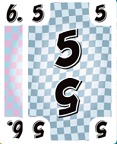 < p> 2-straight: two cards with consecutive numbers
< p> 2-straight: two cards with consecutive numbers 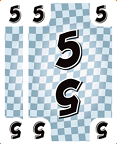
Pair: two cards with the same number
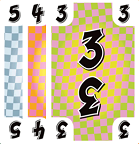
3-straight: three cards with consecutive numbers
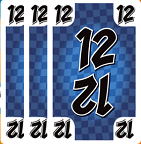
Three of a kind: three cards with the same number
Attention: The two or three cards for a combination must be next to each other in the hand. The order doesn't matter: 8-10-9 is just as much a 3-straight as e.g. E.g. 9-8-10 or 8-9-10.
If you can't or don't want to outbid, you have to instead Take 1 of the reserve cards into your hand, where you can choose where you sort them.
Whoever placed the highest combination of cards wins the round and begins the next round by laying a new combination.
If the winner of a round has no more cards in his hand to play (any reserve cards in front of him are used here ignored), the player with the second highest card combination begins the new round.
Le carte speciali
Each special card is in play twice.
X card < /h4> 
The X card can take any number from 1 to 12. You can play them alone or as part of a combination, but you may only combine them with adjacent number cards.
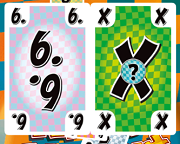
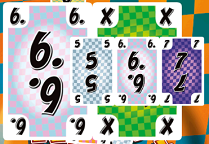
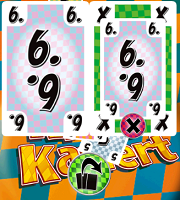 < p> Clicking on the played X card shows a selection option. After you have chosen, you place the card(s) underneath by clicking on the arrow.
< p> Clicking on the played X card shows a selection option. After you have chosen, you place the card(s) underneath by clicking on the arrow. Stop card

Whoever plays a stop card immediately ends the round and wins it, even if not all players have played a card combination yet.
Draw card

With the draw card you avoid the obligation to outbid. It can therefore be placed at any time.
The next player must then either beat the card combination that was played before the draw card or take a reserve card into his hand. Both draw cards may be played in a round.

The winner of a round in which a draw card Card has been played, must draw three cards individually from the draw pile (six cards if both draw cards have been played
) and sort them one after the other into his hand cards as desired.
If you have no more cards in your hand at the end of a round, you play in the current one No more passage. A round is finished when only one player has cards left in their hand after a round. A round is also ended if a player cannot outbid during a round and can no longer take up a reserve card. In both cases, this player has lost the current round and must give up one of his chips.
The next round then begins with new ones Cards. The player who had to give up a chip begins the first round.
Fine del gioco
As soon as a player has given up his last chip, he still continues to play. Only when a player no longer has a chip, even though he has to give one up, is the game lost for him. If this happens to several players at the same time, there will be several losers.

